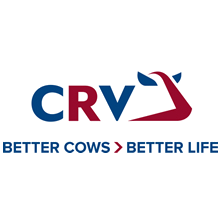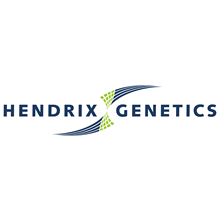CrossOver: Utilizing the full potential of crossovers in animal breeding, NWO Open Technology Programme
Nevertheless, across livestock species the average number of crossovers per Gb of genome is relatively similar. Our first hypothesis is that this might be a result of a causal relationship between the number of crossovers and fertility, where extremely high or low numbers of crossovers are detrimental for fertility. Our second hypothesis is that crossovers generate additive genetic variance that can be exploited in artificial selection. In the context of animal breeding programs, an important unanswered question is whether or not the number of crossovers should explicitly be targeted by selection, either to move it in a favourable direction, or to make sure it remains at its optimal value. We expect that results will show that effects of crossovers should be explicitly monitored and considered in long-term breeding programs, and possibly that crossovers should be selected for as a trait per se. Participating partners of Breed4Food are CRV, Hendrix Genetics, Topigs Norsvin and Wageningen University & Research.









